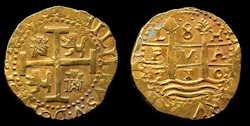 On 31st July 1715 a Spanish treasure fleet sank during a hurricane off the east coast of Florida. It was a catastrophe for the Spanish Crown, which was heavily relying on its cargo. The galleons were fully loaded with precious cargoes of gold, silver, jewellery, tobacco, spices, indigo, cochineal etc. The Spanish government was relying its the safe arrival, as the War of Spanish Succession, which had hindered the sailing of the treasure fleets, had just come to an end. For obvious reasons, this disaster awoke the interest of pirates, privateers, and honest seamen alike.
On 31st July 1715 a Spanish treasure fleet sank during a hurricane off the east coast of Florida. It was a catastrophe for the Spanish Crown, which was heavily relying on its cargo. The galleons were fully loaded with precious cargoes of gold, silver, jewellery, tobacco, spices, indigo, cochineal etc. The Spanish government was relying its the safe arrival, as the War of Spanish Succession, which had hindered the sailing of the treasure fleets, had just come to an end. For obvious reasons, this disaster awoke the interest of pirates, privateers, and honest seamen alike.
The Spanish treasure fleets
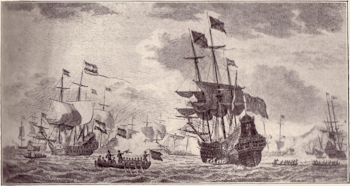 Treasure fleets consisting of a dozen or more ships used to sail from Cádiz or Seville in Spain, bringing European goods not readily available in the New World to the colonies with the aim of returning with gold, silver and other goods from Peru and Colombia, as well as spices and other items from south east Asia, brought across the Pacific by the Manila Galleon, which was then transported by mule train across the isthmus of Panama.…
Treasure fleets consisting of a dozen or more ships used to sail from Cádiz or Seville in Spain, bringing European goods not readily available in the New World to the colonies with the aim of returning with gold, silver and other goods from Peru and Colombia, as well as spices and other items from south east Asia, brought across the Pacific by the Manila Galleon, which was then transported by mule train across the isthmus of Panama.…

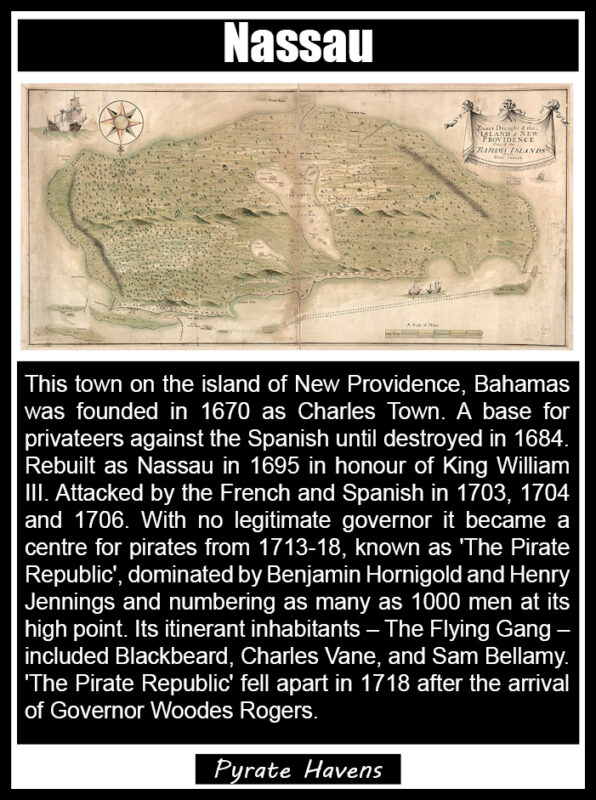
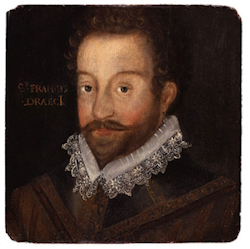 The explorer and privateer Sir Francis Drake was one of the most famous English historical personalities, best known for circumnavigating of the world and playing an important role in defeating the Spanish Armada. To the Spanish he was an infamous pirate known as El Draque (The Dragon in old Spanish), but to the English he was a national hero. He was born in about 1540 in Tavistock near Plymouth, Devon, but grew up in Kent. He was the oldest of twelve boys and his father, Edmund Drake, was a preacher. At the age of twelve Drake became an apprentice to the master of a small freight vessel, which he later inherited. Not satisfied with the life of a coastal trader, he sold the vessel and returned to Plymouth, where he had contacts – John and William Hawkins, who were possibly his cousins. He sought employment on their voyages. Drake married Mary Newman in 1569, but not much is known about her.…
The explorer and privateer Sir Francis Drake was one of the most famous English historical personalities, best known for circumnavigating of the world and playing an important role in defeating the Spanish Armada. To the Spanish he was an infamous pirate known as El Draque (The Dragon in old Spanish), but to the English he was a national hero. He was born in about 1540 in Tavistock near Plymouth, Devon, but grew up in Kent. He was the oldest of twelve boys and his father, Edmund Drake, was a preacher. At the age of twelve Drake became an apprentice to the master of a small freight vessel, which he later inherited. Not satisfied with the life of a coastal trader, he sold the vessel and returned to Plymouth, where he had contacts – John and William Hawkins, who were possibly his cousins. He sought employment on their voyages. Drake married Mary Newman in 1569, but not much is known about her.…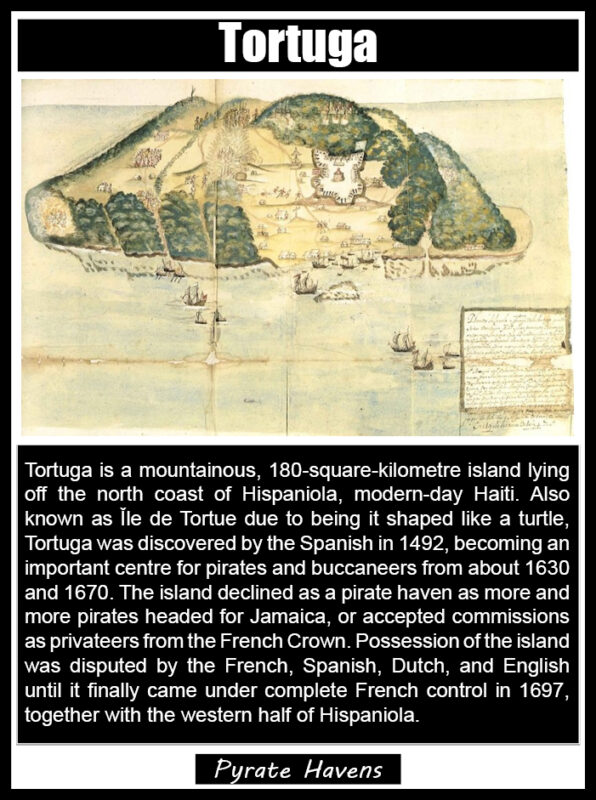
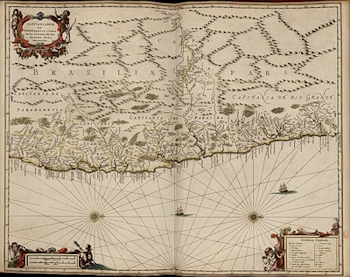 In the early 17th century an autonomous, self-sufficient community of escaped slaves (maroons) known as Palmares established itself in the Captaincy of Pernambuco in north-eastern Brazil. It grew considerably throughout the 17th century, eventually becoming the largest settlement ever founded by runaway slaves in Brazil. Most of the information about this community comes from Portuguese and Dutch colonists and many of the names of those involved are unknown. At its apex, the population of Palmares reached somewhere between 10,000 and 20,000. The Palmaristas constantly resisted Portuguese and Dutch attacks while at the same time carrying out their own raids on the colonists. In the 1500s nearly half of all those enslaved from Africa were transported to Brazil, which was governed by the Portuguese at the time. Their settlements, called mocambos or quilombos, were constructed in the land’s interior, although the later is a modern term. At its height in the 1660s, Quilombo of Palmares was a confederation with a central capital and associated fortified towns and villages.…
In the early 17th century an autonomous, self-sufficient community of escaped slaves (maroons) known as Palmares established itself in the Captaincy of Pernambuco in north-eastern Brazil. It grew considerably throughout the 17th century, eventually becoming the largest settlement ever founded by runaway slaves in Brazil. Most of the information about this community comes from Portuguese and Dutch colonists and many of the names of those involved are unknown. At its apex, the population of Palmares reached somewhere between 10,000 and 20,000. The Palmaristas constantly resisted Portuguese and Dutch attacks while at the same time carrying out their own raids on the colonists. In the 1500s nearly half of all those enslaved from Africa were transported to Brazil, which was governed by the Portuguese at the time. Their settlements, called mocambos or quilombos, were constructed in the land’s interior, although the later is a modern term. At its height in the 1660s, Quilombo of Palmares was a confederation with a central capital and associated fortified towns and villages.…